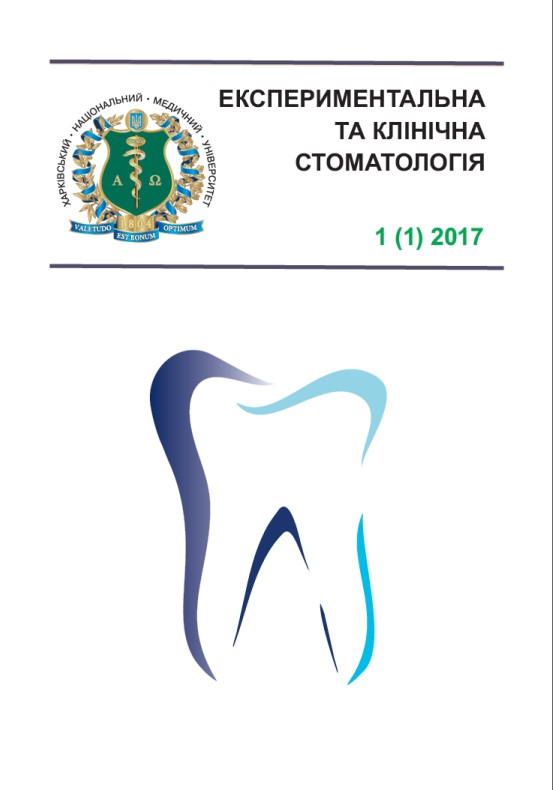Abstract
The article presents clinical experience of preventive application of mouthwashes with active substance chlorhexidine. Studying of influence of mouthwash on change of structure of microflora is spent.
Problem: The majority of gingivitis is caused by bacteria, which attaches to the tooth surface and forms the basis of bacterial plaque. One of methods to remove bacterial plaque and to prevent it formation is using of antibacterial agents.
Objective: The aim of this study was to learn the effectiveness of antiseptic mouthwashes with chlorhexidine on the microflora of the oral cavity when used prophylactically.
Method: Thirty eight (38) patients with intact gingiva were randomized into 2 groups. Each subject used brushing during the study. Control group (18 persons) as baseline without rinsing. Group 1 (20 people) used 0.2% chlorhexidine mouth rinse. Rinsing was carried out for 4 weeks, 2 times a day according to instruction. Microbiological investigation of the plaque was performed before and after 4 weeks of rinse application, long-term results were studied after 3 months. Count of microflora was provided by percentage distribution along participants.
Results: After 4 weeks of application Staphylococcus sp. decreased in group 1 by 10% from baseline. Streptococcus sp. in group 1 was less by 20% than the original detection, Candida albicans were reduced by 5% compared to baseline. Also normal flora was inhibited - Corynebacterium, Lactobacillus were not detected, what can be considered as dysbacteriosis. The reductions in pathogenic microorganisms persisted up to 3 months.
Conclusions: This study demonstrated the potential to reduce normal oral flora along with pathogenic bacterial organisms when subjects used 0,2% chlorhexidine twice daily for 4 weeks and persisted up to 3 months. The development of a dysbacteriosis may occur when recommending these agents used prophylactically.
Keywords: microflora, mouthwashes, dental plaque.
References
Myuller Khans-Peter. Paradontologiya / Khans-Peter Myuller. – Gal. Deyt. – 2004. – 256 p.
Quality control and quality assurance practices in clinical microbiology / M. J. August et al. – Cumitech, 3A, 1990. – P. 1–14.
Mazur I. P. Rol' interdental'noy gigiyeny v podderzhanii zdorov'ya polosti rta / I. P. Mazur, S. B. Ulitovskiy // Sovremennaya stomatologiya. – 2006. – No. 4. – P. 42–48.
Ulitovskiy S. B. Prakticheskaya gigiyena polosti rta / S. B. Ulitovskiy. – Moskva: Medpressinform, 2002. – 294 p.
Beloklitskaya G. F. Khlorgeksidin-soderzhashchiy opolaskivatel' «Korsodil» v praktike terapevticheskoy stomatologii / G. F. Beloklitskaya // Sovremennaya stomatologiya, 2004. – No. 3. – P. 14–16.
Lekarstvennyye sredstva, primenyayemyye v stomatologii: spravochnik / V. N. Trezubov, L. M. Mishnev, I. V. Marusov, A. M. Solov'yeva ; Pod. red. YU. D. Ignatova. – Sankt-Peterburg : Foliant, 1995. – 288 p.
Metodicheskiye rekomendatsii «Kliniko-mikrobiologicheskiye issledovaniya pri parodontitakh: metod. rekomendatsii. – Moskva. – 1987. – 22 p.
Osnovnyye metody laboratornykh issledovaniy v klinicheskoy bakteriologii: metod. rekomendatsii. – VOZ. – Zheneva. – 1994. – 131 p.

